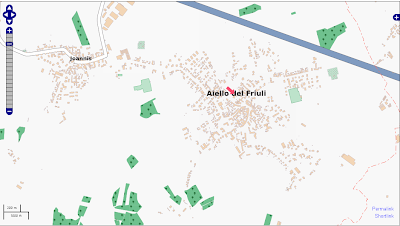One of the greatest things in OpenStreetMap is that, when you start looking beyond the basic features, the amount of details and specific themes you can use to enrich the map is practically endless (special mention for the guard stones mapping)
An example which may go unnoticed at first is playground mapping. I became interested in this due to the frequent visits, and I started as usual from the wiki.
The goal of this post is to have a quick summary on how to map playgrounds in order to hopefully help fellow mappers around the world interested in this topic.
Why
Because having the data in OpenStreetMap will allow your favorite app/website to let you search and display easily the existing playgrounds and their features, removing one more reason to use other providers, while making kids and parents happy.
How to map
Level 0 - starter
Minimal mapping is to place a node tagged with leisure=playground in the playground location.
Note: in some places you can also find single play installations which are not part of a playground, those can be mapped directly as nodes without a playground.
Level 1 - basic
Map the playground as an area and add tag leisure=playground and any other relevant tag on it (wheelchair access, minimal age and so on). This opens up the possibility to go further into details as explained just below.
If the playground has a fence, you can also add that to the playground area with the relative gates (and possibly some footways to reach them for the routing engines!)
Level 2 - medium
Map the devices and installations as nodes within the playground area. You can find a detailed list of possible values on the wiki.
Besides that, you can also map any additional amenity like benches or drinking water that are located within the playground area.
Level 3 - advanced
… 查看完整日记文章
